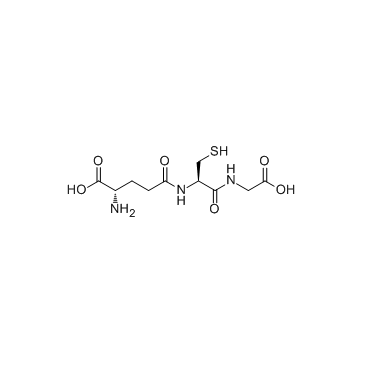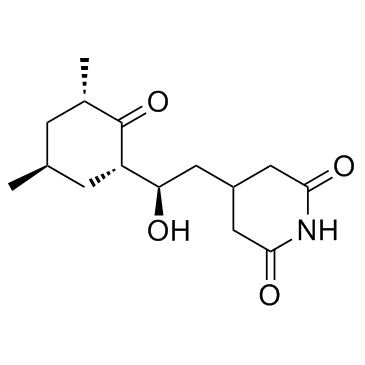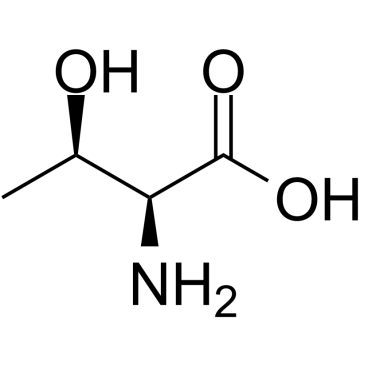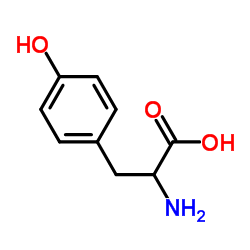| 结构式 | 名称/CAS号 | 全部文献 |
|---|---|---|
 |
二甲基亚砜
CAS:67-68-5 |
|
 |
DL-丝氨酸
CAS:302-84-1 |
|
 |
2-(1,8-萘啶-2-基)苯酚
CAS:65182-56-1 |
|
 |
谷胱甘肽/5-L-谷氨酰-L-半胱氨酰甘氨酸
CAS:70-18-8 |
|
 |
盐酸氮芥
CAS:55-86-7 |
|
 |
放线菌酮
CAS:66-81-9 |
|
 |
L-苏氨酸
CAS:72-19-5 |
|
 |
DL-酪氨酸
CAS:556-03-6 |
|
 |
8-辛酰氧基芘-1,3,6-三磺酸三钠盐
CAS:115787-84-3 |